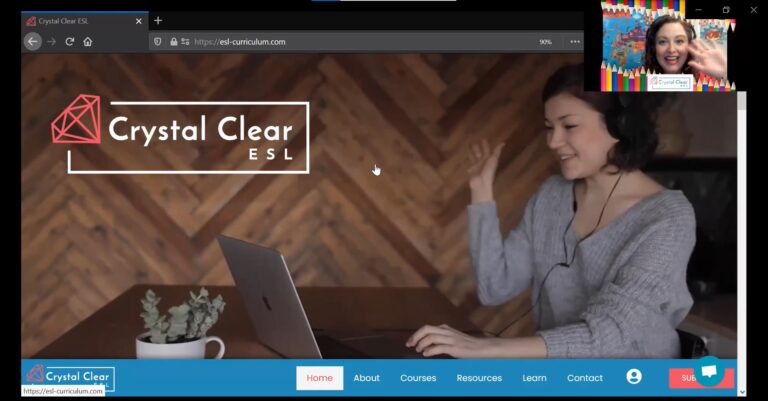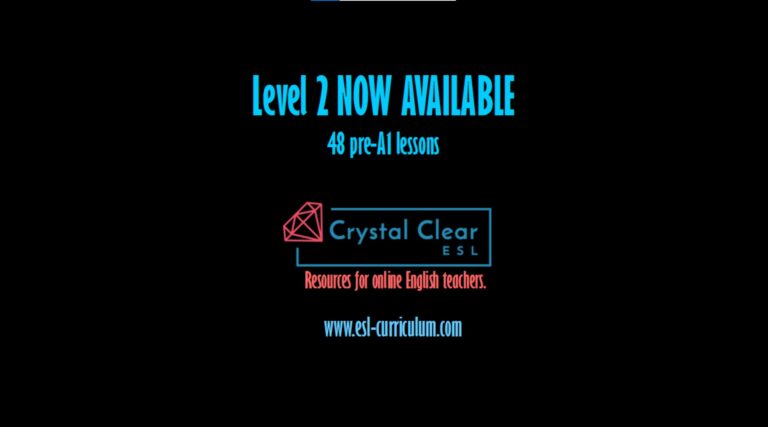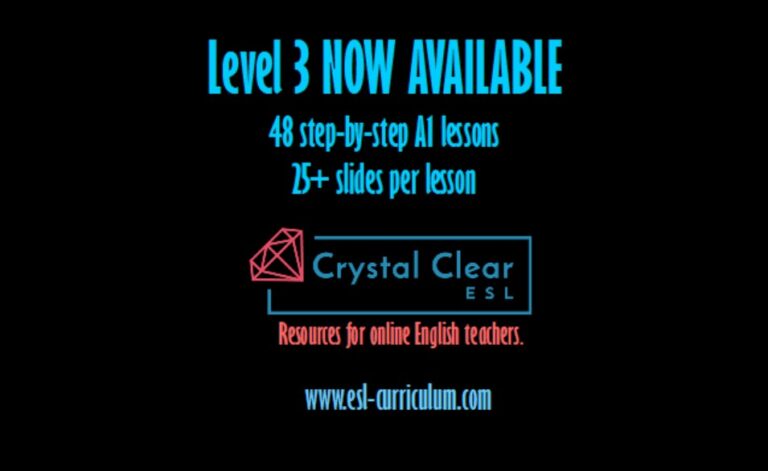Finding Students OUTSIDE Facebook
In July we discussed tips and etiquette for recruiting students to your freelance ESL business through Facebook, but you do not need to up your advertising budget to diversify your tactics. This month we are investigating several other organic options you can add to your recruitment arsenal, including: SEO of your website, referral programmes, physical adverts and other social media platforms, especially LinkedIn.
The Pandemic is to blame for many obstacles, but online teaching is not one of them! Gaining students from around the globe has never been easier, as more and more people become accustomed to the digital world. The job certainly has its appeal: you can teach from anywhere with stable internet, with no physical requirements other than a PC and a headset, and no commute or dress code (at least on your lower half!)
If you previously taught students face-to-face, you may have been forced to transition online over lockdown, but there is no reason not to continue! Reassure your students that highly interactive apps now allow virtually the same high quality interaction, without environmental limitations, and they will be better off continuing their classes digitally.
Your easiest and best method of accessing new students is through referrals from your current students. Remember: if they like you, they will refer you! The single most important factor in obtaining referrals is producing and conducting top quality lessons. Your lesson content and the quality of student engagement therein are paramount in ensuring progress: clients measure success through perceptible progress. Make sure to signpost progress, highlight it, feedback from the hilltops about it!
Your offering is top-notch, but referrals aren’t coming naturally, so consider paying a referral incentive. You can provide the bonus in free classes, or equivalent in your preferred currency. Just be sure to manage expectations by supplying very clear Terms & Conditions.
If you teach adults, the social media platform LinkedIn seems an obvious route for recruiting students. This website connects professionals around the world, and offers easy search and filter options to connect with your target niche. Be specific in your search parameters and make meaningful relationships with your connections before you try to sell them something! Use LinkedIn as the top of your sales funnel, and then draw them through your website using your lead magnet.
While it may be less obvious to use LinkedIn to recruit younger students, many of the professionals you connect with will be parents. Think outside the box when you make connections: who is your avatar parent? Use your credentials, experience and personality to entice parents to sign their children up by posting note-worthy and relevant content regularly on your profile.
It will take a little more time and effort to recruit via YouTube, but the results will speak for themselves. YouTube is the second largest search engine on the planet, so appealing to your niche through carefully tailored video content has enormous reach potential. Keep your clips short and professional and allow viewers to feel a connection with you by stamping your personality on whatever you upload. Whether you create daily grammar tips or graphic phonics songs, your subscriber count will only tick upward, and YouTube still allows you to post external links on every video, driving those subscribers through to your sales funnel.
Since algorithms are always changing, best practice is to diversify your social media efforts. You can’t possibly keep up with all the platforms, but you can use tools like Hootsuite to cross-post on several. Whether you prefer Facebook, Instagram, Twitter, SnapChat or LinkedIn, choose 2-3 to focus on and maintain these with regularity.
Finally, a crucial element of your organic student recruitment effort is your website. Your professional website is the key element in your sales funnel which, when effectively calibrated, will transition prospective students into paying clients. But why do freelance ESL teachers need websites? How does one build an effective website? What are the common pitfalls of teaching websites? And how does one optimise their website to appear in search engines? We cover all these questions and more in the LIVE Q&A on Wednesday 4th August at 19:00 BST in the ESL Freelance Masterclass group; please join us, and bring your own website and SEO questions!







